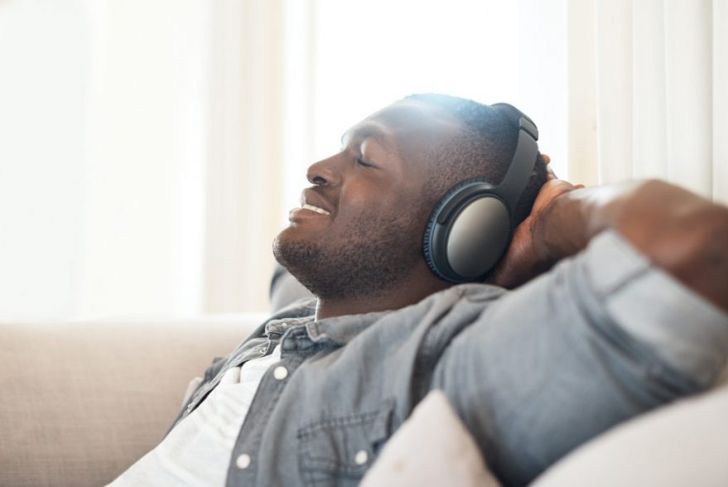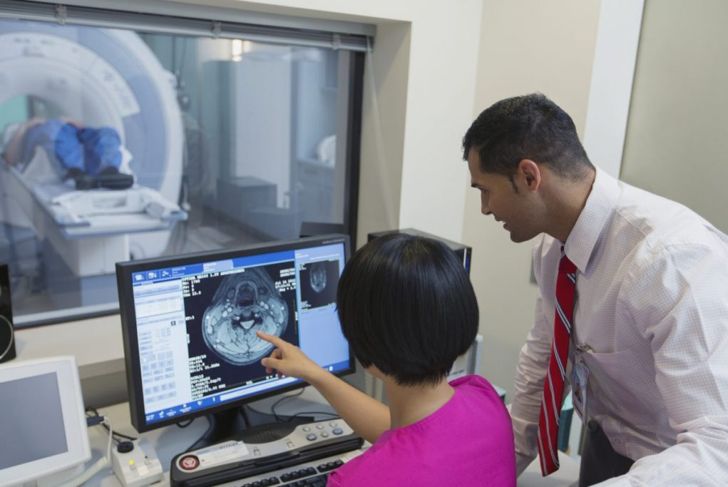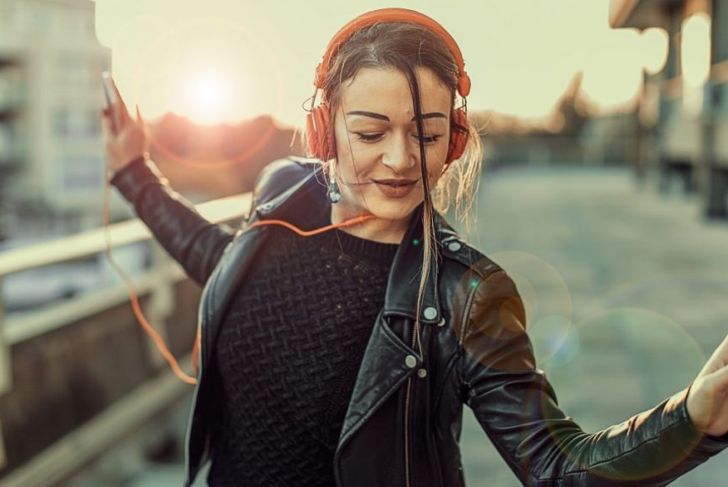Autonomous sensory meridian response, more commonly known as ASMR, is a unique experience featuring a static-like or tingling sensation that typically travels from the scalp to the upper back. ASMR is a euphoric response to an auditory or visual stimulus. A dedicated community of content creators and consumers share their experiences and stimuli through videos, podcasts, and other sharable media. Recent studies show that ASMR has a number of other beneficial effects beyond the pleasant tingling sensation.
Origins of ASMR
Most community members believe that the modern concept of ASMR began on the Steady Health website forums when a young adult submitted a post describing a specific sensation they had frequently felt since childhood. The forum user compared the sensation to the feeling of fingers tracing along the skin. However, the events that triggered the sensation were seemingly random and didn’t require haptic touch. Many other users flocked to the post and shared their experiences of similar sensations. This led to the rise of many communities dedicated to sharing videos, songs, and other media that triggered the sensation.
The Name
Despite the rise in the number of communities sharing and experiencing the tingling sensation, the experience did not have a widely used name. Groups within the community originally used a variety of names, including “auditory induced head orgasm” and “attention induced euphoria.” However, a significant majority within the community wanted to distance the sensation from sexual or adult experiences. Instead, they felt the relaxing and euphoric nature of the sensation should be appropriate for everyone, regardless of age. A woman named Jennifer Allen suggested “autonomous sensory meridian response.” She confirmed in a later interview that she chose words she felt were objective, comfortable, and clinical.
Benefits
During the early periods of ASMR, the benefits were largely anecdotal. Those who experienced ASMR usually described the pleasant tingling sensation. Others spoke to the relaxing nature of the experience, which allowed them to focus on work or to fall asleep more easily. A study performed in June of 2018 attempted to test the emotional and physiological effects of ASMR. Researchers discovered that only individuals who experienced the sensation of ASMR gained any benefit from ASMR videos. Additionally, ASMR resulted in lower heart rates and increased skin conductance. This is consistent with anecdotal claims that ASMR is pleasant and calming while still being an activating experience. The study also confirmed that the pleasure a person experiences as a result of ASMR is distinct from sexual arousal.
Intentional Triggers
In order for a person to experience ASMR, a stimulus or trigger must activate the response. There are two forms of triggers: intentional and unintentional. Content creators known as “ASMRtists” create media to intentionally trigger ASMR. Typically, this involves both visual and auditory triggers. Visual triggers include hand movements, appealing colors and lighting, and interactions with an analog of the viewer such as a mannequin or camera. Intentional auditory triggers may be entirely original sounds or and ASMRtist may mimic unintentional triggers. Auditory triggers include ear or hair brushing, tapping sounds, mouth noises, and whispering. Each person has different triggers, so a stimulus may elicit ASMR in one person while having no effect on another.
Unintentional Triggers
Many people first experience ASMR as the result of an unintentional trigger. Some of the most popular unintentional triggers are the sounds of scissors cutting hair and specific speaking tones. For example, one of the most widespread and pervasive unintentional trigger creators was American painter and television host, Bob Ross. On his show, “The Joy of Painting,” Ross would frequently speak in a soft, gentle manner while painting on a canvas. His voice and manner of speech, along with the sounds of brush strokes on canvas, elicit ASMR in many people entirely unintentionally.
Binaural Audio
Within the ASMR community, binaural recording techniques have become widespread and common. These techniques allow ASMRtists to simulate the sounds of a three-dimensional environment for listeners. This gives a listener the feeling of being in close proximity to the content creator. As ASMR has become more popular, companies have developed binaural microphones with the recording devices located within rubber ears. These ears act as an analog for the listener and allow the listener to “feel” the sounds on their own ears.
Personal Attention
Some of the most popular pieces of ASMR content involve personal attention actions such as a simulated one-on-one conversation, ear cleaning, and hair brushing. A large number of ASMRtists pair personal attention actions with role-playing. Popular choices of roleplay characters for personal attention are friends, loved ones, cosmetologists, or medical professionals. Some researchers believe that ASMR mimics social grooming, so these actions are more pleasurable. It is also possible that personal attention actions more easily trigger ASMR because the visual and auditory stimuli more directly match the tactile tingling sensation that ASMR provides.
Scientific Consensus
ASMR is a difficult topic for researchers to study for several reasons. Primarily, it is a sensation that not everyone is capable of experiencing. Some experts compare ASMR to synesthesia. For many years, synesthesia was a myth because so few people could experience it. It wasn’t until the 1990s that researchers developed a method to measure synesthesia. Due to the large number of individuals who affirm the benefits of ASMR, it is highly likely that ASMR is in a similar position. The few modern studies researching ASMR have seen noticeable benefits and changes in brain activity.
Brain Activity
A study published in BioImpacts in September of 2018 used brain imaging on subjects experiencing ASMR. In the study, participants viewed ASMR videos using a screen and headphones while in an MRI scanner. Whenever a participant experienced the tingling sensation of ASMR, they would press a button. Brain activity differed drastically between periods of tingling and periods of viewing ASMR without the tingling sensation. The brain regions that were most active during tingling are the same brain regions that activate during social bonding and musical frisson.
Frisson
It is possible that ASMR and musical frisson are two aspects of the same reaction. Frisson describes the pleasurable chills that some people experience while listening to music. This may include pupil dilation or goosebumps. Like ASMR, an auditory trigger elicits a tactile tingling sensation. However, unlike ASMR, those who experience frisson feel the sensation along the lower back and arms in addition to the neck, head, and upper back. Though the physiological causes are similar, those who experience frisson and ASMR describe them as totally unique feelings.

 Home
Home Health
Health Diet & Nutrition
Diet & Nutrition Living Well
Living Well More
More




















